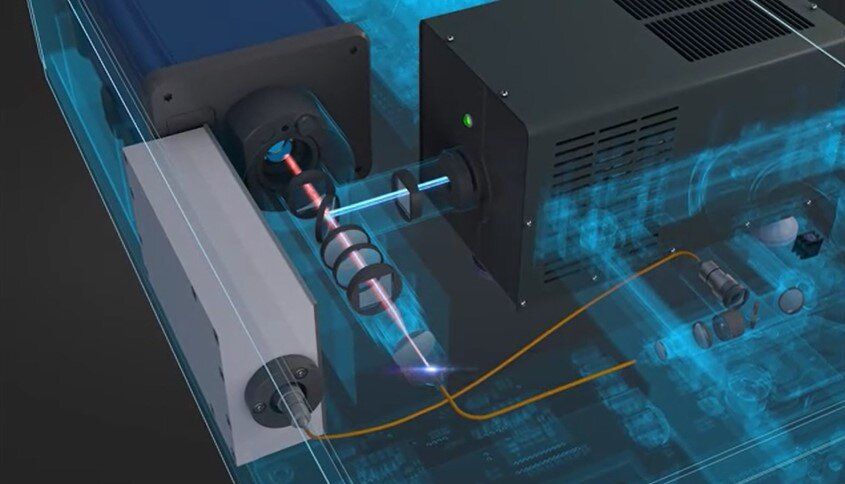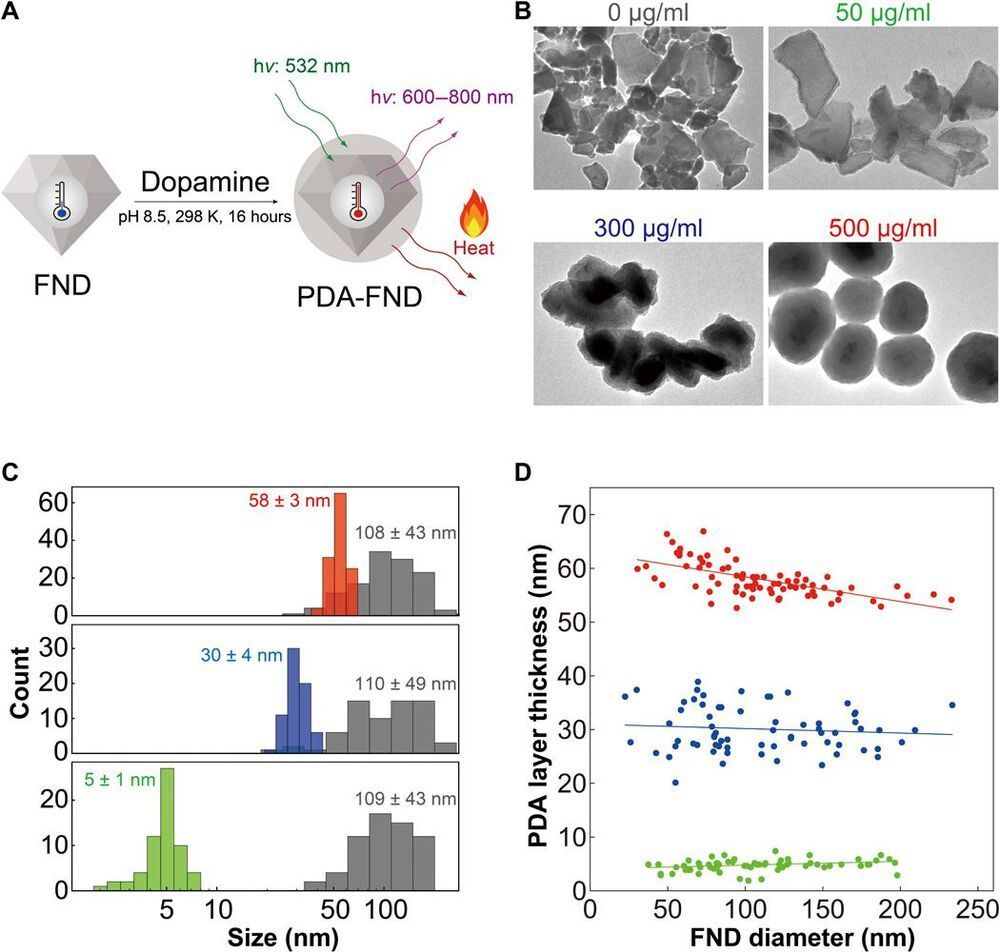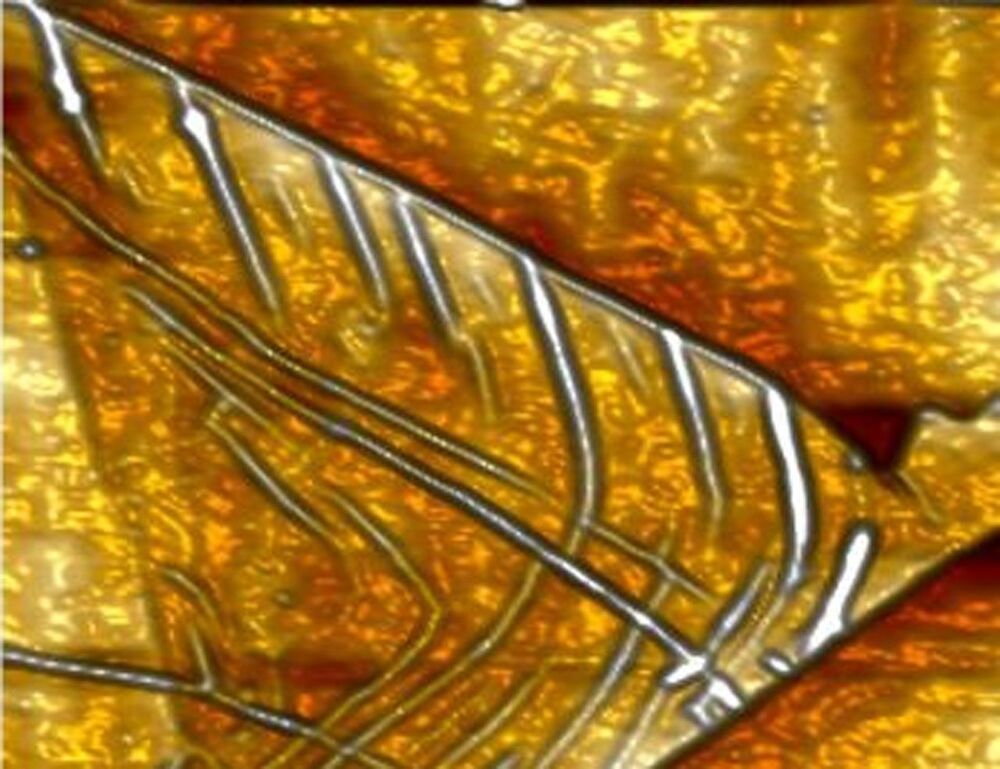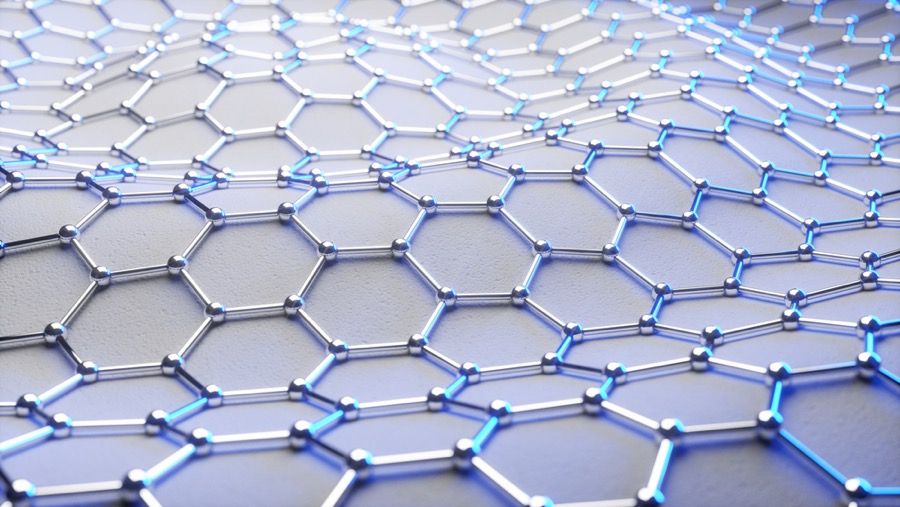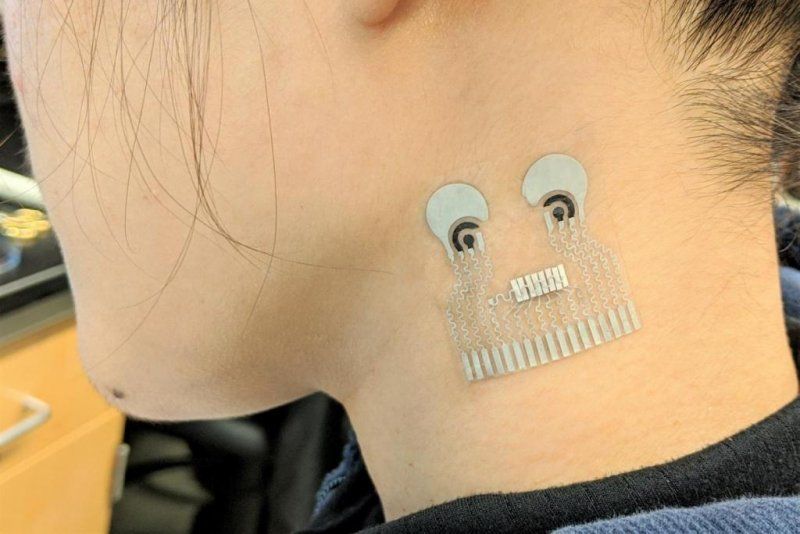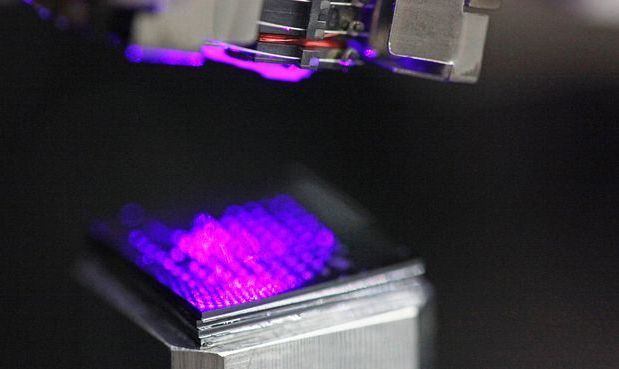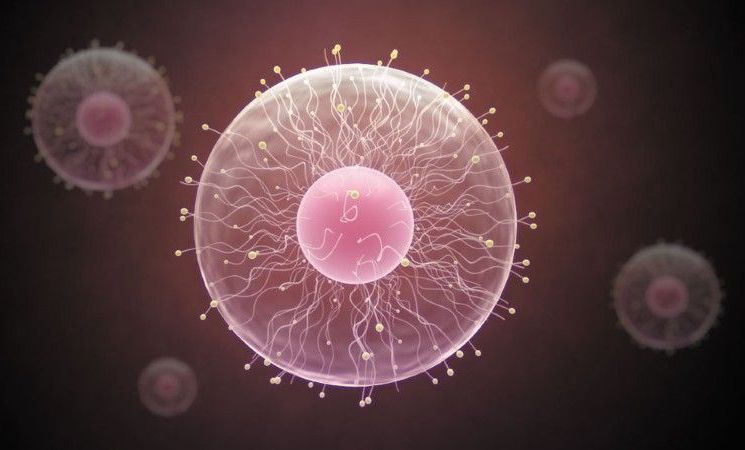Feb 26, 2021
Sub-diffraction optical writing enables data storage at the nanoscale
Posted by Saúl Morales Rodriguéz in categories: computing, nanotechnology, space
The total amount of data generated worldwide is expected to reach 175 zettabytes (1 ZB equals 1 billion terabytes) by 2025. If 175 ZB were stored on Blu-ray disks, the stack would be 23 times the distance to the moon. There is an urgent need to develop storage technologies that can accommodate this enormous amount of data.
